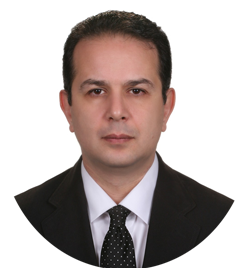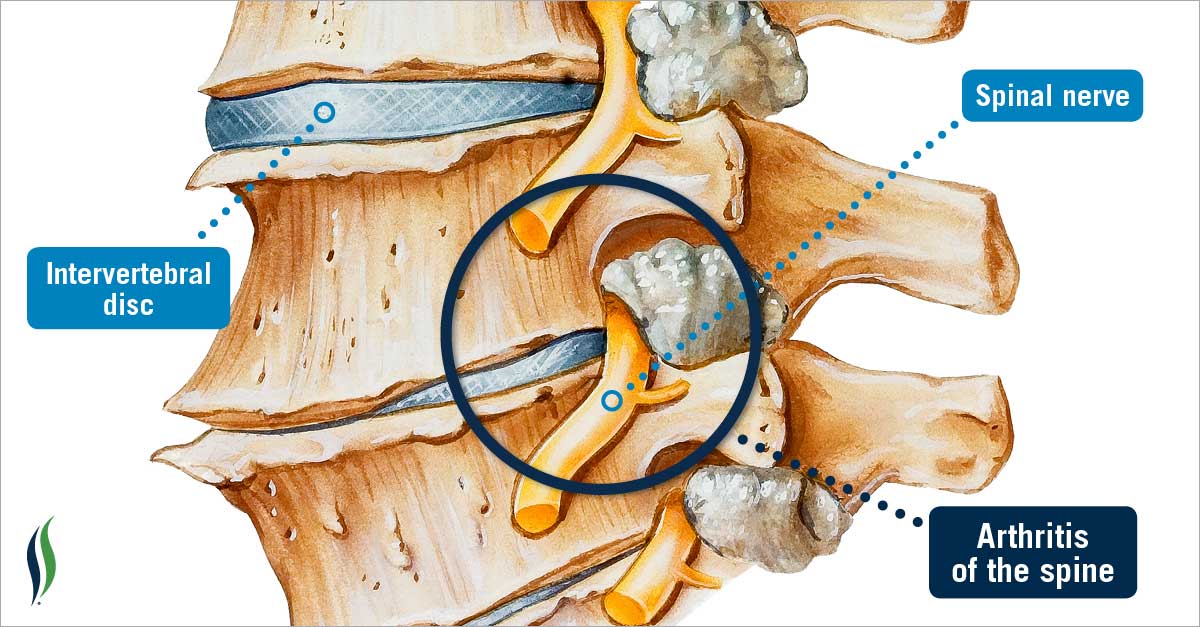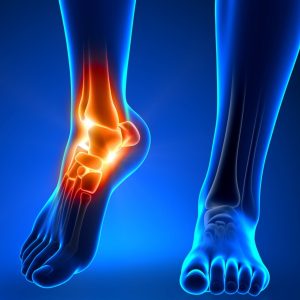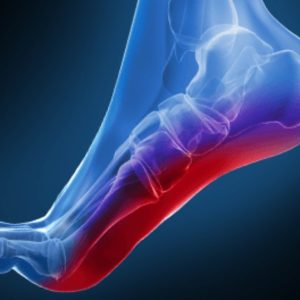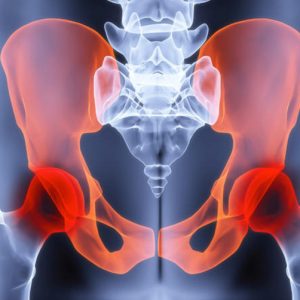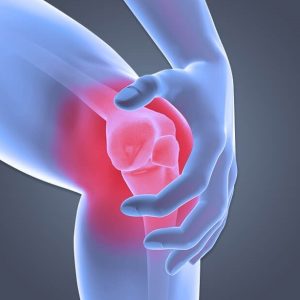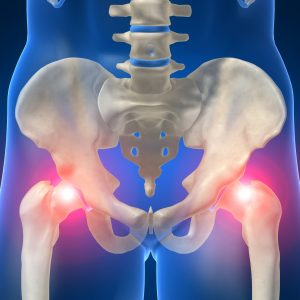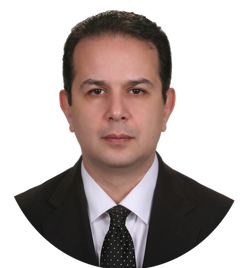The five vertebrae of the lumbar spine are enclosed and supported by muscles and ligaments. The vertebrae are joined by facett joints and there is a disk between two vertebrae, consisting of a hard outer layer and a gelatinous inner nucleous. The discs are built for bending and flexing the spine. The ligaments attached to the vertebrae allow for greater strength and the muscles of the spine to move in different directions. Among the vertebrae are the spinal cord and nerve fibers to transmit messages to the brain and lower limbs.
تیترهای مهم این مقاله
Lumbar vertebrae degeneration
Vertebral surface erosion is called lumbar lumbar arthritis or degeneration, which usually begins at the age of thirty. In osteoarthritis, in addition to vertebral erosion, osteophytes develop along the vertebrae, where the water of the adjacent disc nucleus is degraded and the disc becomes narrower and loses its elasticity. It should be noted that these arthritic changes can cause pain and irritation of adjacent nerves or muscles and ligaments. Many people do not have any specific symptoms as a result of this natural process. Repeated trauma to the vertebrae as well as genetics, smoking, etc. increase the risk of arthritis.
Symptoms Lumbar vertebrae degeneration :
A wide range of symptoms can be seen, including:
Back pain can spread to the hips and legs, which is exacerbated by back movement and can spread from the lower back to the toes. The intensity and quality of the pain is exacerbated by any abnormal movement. However, pain attacks often occur for no apparent reason. Some patients suffer from persistent chronic pain. Arthritis-like pains usually occur in the morning after a night’s sleep. Osteoarthritis causes pain or paresthesia along the lumbar spine to the legs if the spinal nerve is stimulated and requires immediate intervention if it is accompanied by muscle weakness.
Diagnosis :
Physical examination and reflex assessment of the muscles and gait of the patient are important.
Imaging : I maging tests provide physicians with complete information on osteoporosis, spinal cord and osteoarthritis, including:
Lumbar X-Ray: To evaluate infection or bone mass and to degenerative vertebral changes and osteophytes.
Computed tomography: If problems are present in simple X-ray, CT scans can be used for closer examination.
MRI: Used to examine soft tissues including discs, ligaments, spinal cord and nerves.
Nerve and muscle function test : It is used to determine physiological function of the nerves and assessing the strength and health of muscles.
Treatment:
The treatment of lumbar arthritis varies depending on the symptoms. They are step by step, and if the patient does not respond appropriately to each treatment step, more sophisticated methods are used. The basis of treatment of lumbar arthritis is noninvasive procedures and the most important principle of soft tissue strengthening around the lumbar spine is as follows:
Weight loss: Weight loss is difficult in patients with problemin joints. However, losing weight can also be a factor in reducing pain. By reducing weight by 5 kg or more, the facet joints will experience less stress and this can reliably reduce pain.
Rest: Rest should only be relative and not to include heavy movements and pressures on the waist and no more.
Lumbar brace: Temporary closure of the brace is recommended only in cases of very advanced arthritis associated with canal stenosis, and prolonged use may weaken the spine muscles, leading to greater transfer of trauma and more advanced arthritis.
Medication
Medications are used to relieve the symptoms of Lumbar Arthritis in the acute phase as well as to restore muscle strength and relaxation, including: Muscle relaxants (peripheral and central), anti-inflammatory analgesics and can be limited in severe cases. In the non-acute phase of arthritis, combined soy and avocado medications can also be used to prevent the progression and improvement of arthritic conditions.
Non-invasive treatments
Physiotherapy: Physiotherapy uses a combination of passive methods and exercises to strengthen muscular structure and corrective movements. Passive therapeutic modalities such as ice / heat, ultrasound and electrical stimulation reduce pain and spasms in a patient with arthritis. The patient with arthritis learns exercises to increase flexibility and range of motion by increasing his or her muscles strength
Manual massage and manipulation: The basis of these techniques performed by hand also strengthens the muscular structure of the tissues around the vertebrae.
High Power Laser: High power pulse laser can increase cellular energy and repair damaged tissues and prevent the progression of lumbar arthritis.
Interventional treatments :
Interventional procedures are performed by a pain specialist under the guidance of X-ray (fluoroscopy) or ultrasound in the operating room.
Diagnostic and therapeutic injections: Injections in the spine such as combined steroids and topical anesthetics in the epidural space and injections into the intervertebral fastest joint in a patient with arthritis can cause inflammation of the arthritic area. They are also injected into joint and around the nerve. These joints play an important role in the stability and movement of the spine. Radiofrequency in these areas can be used for long-term changes in addition to injections. Other intravenous methods can include radiofrequency, ozone therapy, PRP injection, orthokine and so on. Mentioned elsewhere in detail



